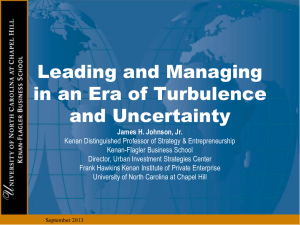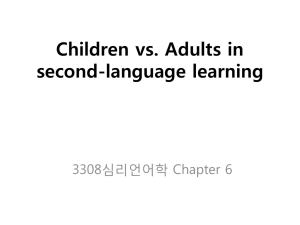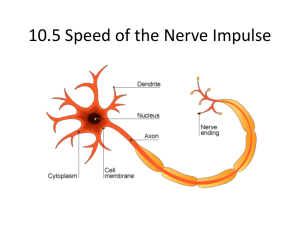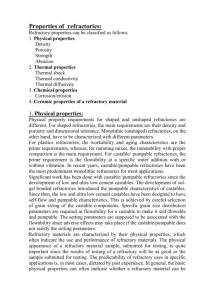Decision-making and Motor Behavior
advertisement
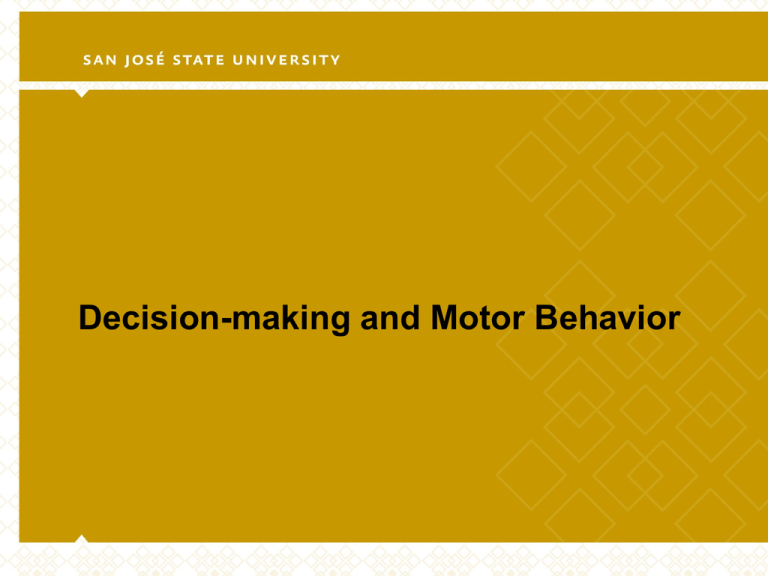
Decision-making and Motor Behavior Input 2 Central Processing Output Welford’s (1976) Hypothetical Model of Information Processing From: Welford, A.T. (1976) Skilled Performance: Perceptual and Motor Skills. Scott, Foresman and Company: Palo Alto, CA. What is the decision process? In the decision process performers develop a plan or strategy for the movement. 4 What does reaction time measure? Afferent flow of information Processing of information by the brain Efferent flow of information 5 Fractionated Reaction Time Premotor Reaction Time Motor Reaction Time Total Reaction Time 6 From Magill, R.A. (2007). Motor Learning and Control: Concepts and Applications (8th ed.). McGraw Hill: New York, pp 183. Reaction time= Premotor RT + Motor RT 8 Define Simple Reaction Time Choice Reaction Time 9 Memory Drum Theory Franklin Henry provided the Memory Drum Theory – Fischman, Christina, and Anson – Klapp – Hide’s thesis 10 What is information and how is information measured? Limited capacity of the decision process Single channel processing Bottleneck in the system 11 Uncertainty Number of possible alternatives (CRT) – Number of stimuli – Vary the probability of occurrence – Sequential dependencies Predictability – – – – 12 Temporal uncertainty Spatial uncertainty Event uncertainty Perceptual uncertainty BITS BITS measures the complexity and uncertainty of information Calculation of BITS 13 Perceptual Discrimination Just Noticeable Difference – Being able to detect differences in stimuli if they in fact exist http://www.nytimes.com/2010/07/04/magazine/04Rivera-t.html?_r=1 14 Psychological Refractory Period (The Fake) The psychological refractory period is created when two signals are presented in succession It’s the time it takes to respond to a fake and realize it is a fake when the real move is recognized and the performer has to initiate a new response 15 From Magill, R.A. (2007). Motor Learning and Control: Concepts and Applications (8th ed.). McGraw Hill: New York. Facts about the Psychological Refractory Period RT to the first signal is the same as when stimulus 1 is presented alone RT to the second signal is almost always longer If the interstimulus interval (ISI) is less than 100 msec sometimes the performer responds to only one signal Practice will not improve the psychological refractory period The psychological refractory period can be eliminated if the performer knows where stimulus 2 will occur The psychological refractory period is a central phenomenon. It is not sensory or motor. 17 Activity Groups Temporal Uncertainty Event Uncertainty Perceptual Uncertainty Spatial Uncertainty Define the concept and provide a minimum of 3 examples of movement exemplars of these ideas 18





